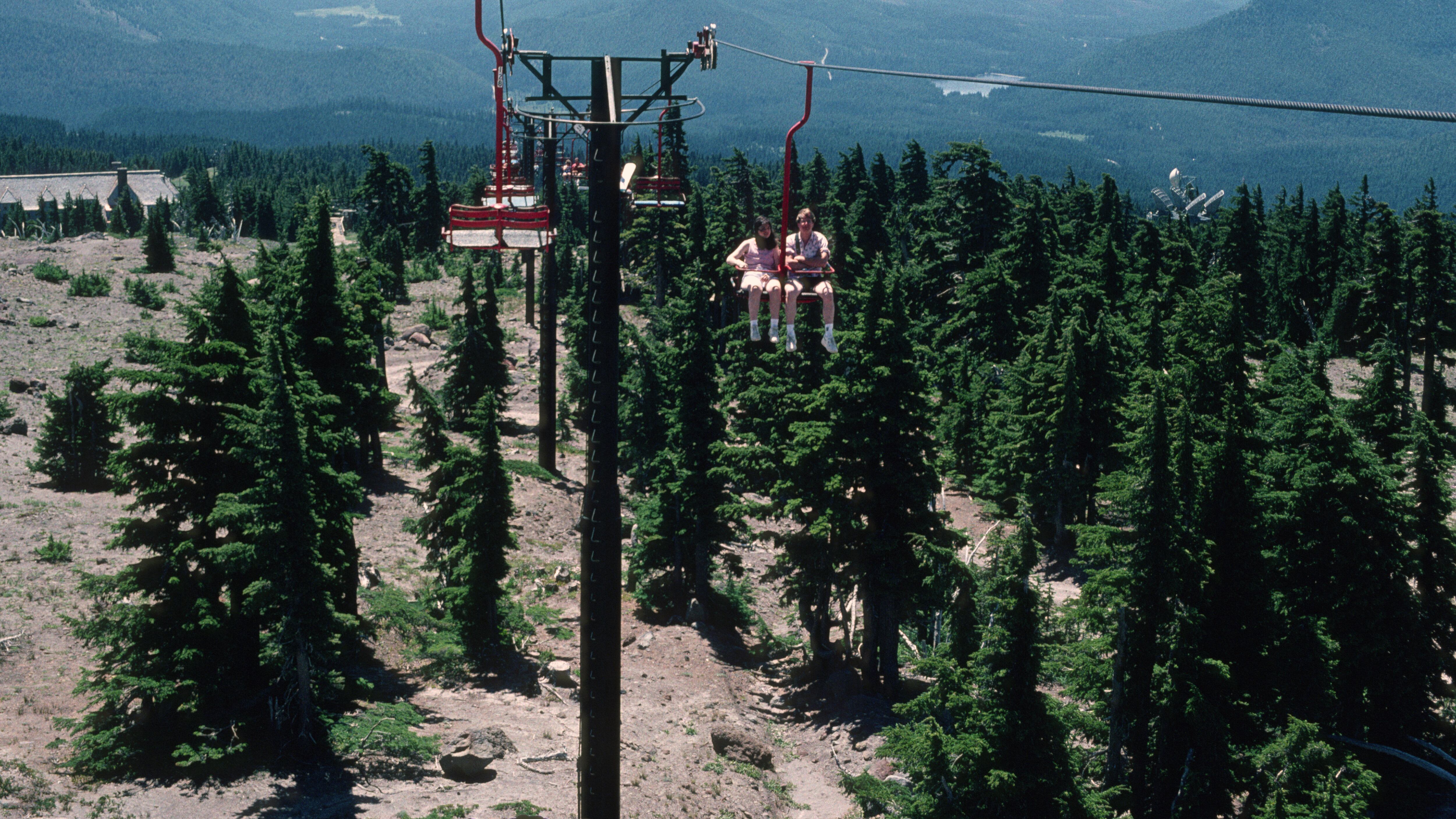All my life I’ve been hearing about Douglas firs. Who was Douglas, and why does he get to have a tree named after him? —Fir Burger
Behold the mighty Douglas-fir, a tree whose story is as rich in opportunities to be annoyingly pedantic as its trunk is in opportunities to get wood. (Yeah, I know, phrasing.)
Let’s begin with the name. If you want to impress your friends—and by “impress,” I mean “drive away”—you will style it as “Douglas-fir,” never the knuckle-dragging, philistine “Douglas fir.” This is because Pseudotsuga menziesii is not, botanically speaking, a true fir, and there’s apparently a convention in biology of using hyphens to indicate misleading names. Thus, a mountain-ash is not a true ash, sea-holly isn’t really holly, a hand-job isn’t actually something you can put on your résumé, etc.
There’s more: The genus name Pseudotsuga means “false hemlock,” so both the common and scientific names of the tree refer to what it isn’t, rather than what it is. No wonder Special Agent Cooper found them so compelling! The species name, menziesii, comes from Archibald Menzies, the Scottish naturalist who first described the tree for European audiences in 1793. If you have any friends left after the hyphen thing, disgust them by noting that “Menzies” is pronounced “Mingus,” and that the famous musician’s name is a variant of it. (For extra credit, explain to the now-empty room how early typesetters used “z” to approximate the “g”-like Scottish velar consonant yogh, “ȝ.”)
So, if Menzies discovered (in the imperialist sense) these trees, who was Douglas? Coincidentally, David Douglas was also a Scottish naturalist, but he had two things Menzies didn’t: One was the backing of the Royal Horticultural Society in London, who sent him to America in 1824 specifically to discover (see above) stuff. The other was the physical specimens he brought back, including seeds that allowed British horticulturists to grow Douglas-firs (as well as some 240 other species) for themselves.
Don’t feel too bad for Menzies, though. Not only did he get full credit for discovering (ibid.) the monkey puzzle tree, he lived to the ripe old age of 88. Douglas, meanwhile, died in Hawaii at 35, apparently by falling (or being pushed) into a pit trap where he was gored by a wild bull. I say we let him have the tree—and, what the hell, let’s throw in a high school, too.
Questions? Send them to dr.know@wweek.com.

